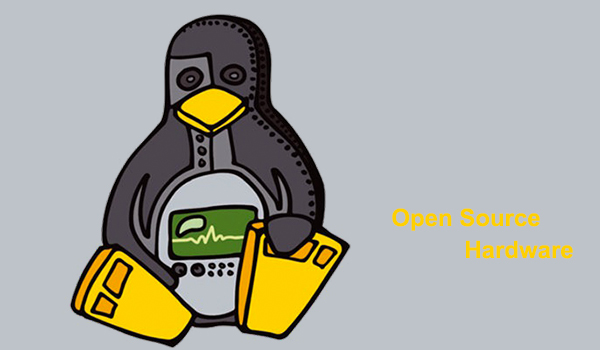As we are very interested to know how does a successful open source community look like in the eyes of its members, we hereby launch an invitation for open source appassionatos to share with us their experience related to working in an open source community.
Here is the first open letter we’ve got. Feel welcome to submit your at finkers.united@fintp.org.
Episode 1 – Me and Open Source Hardware
by Gabriel Tudoran
According to a general definition of the concept, “Open-Source Hardware” consists of physical artifacts of technology designed and offered by the open design movement. The domain is very vast and covers a lot of areas of expertise, from electronics to mechanics and classical open-source software.
I’m a guy at the both ends of the pipe: I’m an open-source consumer and also an open-source provider in both software (embedded software) and hardware. My software side is strongly connected to my hardware side, as I’m more of a hardware kind of guy. So here is how I see the connection between the two.
As an open-source consumer I’m very happy to see that the concept is embraced on a large scale across the world. Open-source products are used in so many and varied fields (especially software products). I use open-source software extensively, especially design products: PCB design, Schematic design, Simulation and mechanical design. Many of the products are in “beta” version and lack a lot of features, but I do think that in the near future full featured products will be available for use. Talking about quality, I can say it is way better than it was 10-15 years ago, which is a very good thing.
Regarding hardware, the concepts are fairly new and the field is quite wild and unexplored. In the last years, a lot of open-source hardware products emerged on the market and a lot of big steps were made toward more stable and more available products. One of the biggest open-source hardware platforms is Arduino, which was developed as a learning platform but soon became one of the biggest hardware development platforms. The reason was simple: it’s easy, affordable and available in many forms: commercial, do-it-yourself, etc. God knows I’m one of those users relied on this platform extensively for development of embedded software and embedded products.
Talking from the other end of the table, the development side, I’d have to say the future is bleak and the reason is quite obvious. The number of consumers is way larger than the number of developers out there. Having a large number of consumers and a small number of developers it’s very bad for “business”, in this case the open-source “business”.
Let’s face it, it’s easier to take an already available product and use it for a personal project. It’s easy as 1,2,3 – get it, use it and close it. Most of the open-source consumers (now I’m talking more on the hardware side) are taking functional modules, assembling them and making them their own. Why?, you might ask. The answer is quite simple: in hardware domain (especially in electronics) it’s very hard to have control over the life cycle of an open-source product. You can’t prove that a certain module it’s developed in the open-source environment and is used within the open-source concept. Information is out there, just grab it and use it. I don’t have any problem with this as long as the final product is an open-source one and everybody can use it. Unfortunately, in most of the cases, the information available in the open-source environment is used for the development of commercial products. This is just not fair, not fair at all, as you, as an end user, will end up paying for something that initially was free.
Another problem of this “shadow game” is the fact that the developer is not getting any credit for his work and if you have a “big ego” (as me), you will be very upset about it. All in all, you worked for it, you put it in the public domain and somebody else is getting the credits.
This is where the “quality” of the community comes in place. If you have a strong community around an open-source product, then you have strong open-source product / products. If you have a community made out of consumers, then you might have a problem. You, as an open-source provider, are going to develop and the community will just consume, without giving anything back. The strength of an open-source community stands in the ideas and the new concepts that can be implemented in new products. And those get refined by collaboration and sharing. The strength of an open-source community resides in the common knowledge and the ability to work together toward a common goal. We have to understand that individuality and immediate comfort it’s not the future and it will not last on the long run. Developing a strong community around an open-source product will take time and trust (I do think that trust is one of the most important things in a community) and trust must be gained through constant dedication and constant development, of a product and most important of its members.
I want to end my open-letter with an advice, if I may: get involved, be creative and bring your ideas on the table. I’m sure that on the long run you will get more satisfaction out of it than just being a consumer. Don’t be just a mason, be the rock that builds the house!



